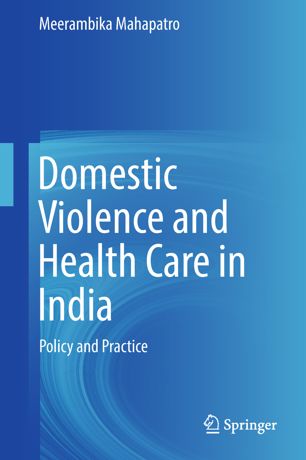

Most ebook files are in PDF format, so you can easily read them using various software such as Foxit Reader or directly on the Google Chrome browser.
Some ebook files are released by publishers in other formats such as .awz, .mobi, .epub, .fb2, etc. You may need to install specific software to read these formats on mobile/PC, such as Calibre.
Please read the tutorial at this link: https://ebookbell.com/faq
We offer FREE conversion to the popular formats you request; however, this may take some time. Therefore, right after payment, please email us, and we will try to provide the service as quickly as possible.
For some exceptional file formats or broken links (if any), please refrain from opening any disputes. Instead, email us first, and we will try to assist within a maximum of 6 hours.
EbookBell Team

4.0
6 reviewsThis book discusses health care issues related to domestic violence, using extensive case studies from India. By discussing the global literature, legal systems, methodological challenges of gathering information on domestic violence, and health systems issues, along with learnings from case studies, it fills a significant gap in the literature between health care policy and practice vis-à-vis victims of domestic violence. It therefore enables a systemic and systematic response to incidents of domestic violence. Policy instructions, court verdicts, government interventions, community-based direct interventions and related case discussions in the book help in the understanding and management of cases. Though the book uses case studies from India, it addresses globally relevant issues for health care professionals. In view of the paucity of application of systematic evidence-based knowledge, the holistic perspective presented in the book is important to prevent domestic violence, protect women’s rights, and promote healthcare and wellbeing of women and children facing domestic violence.
Medical professionals are expected to intervene in instances of injuries related to domestic violence---a responsibility that they are currently unable to fulfil due to lack of training in recognizing abuse and lack of tools for intervention. This book improves hands-on-knowledge by providing information on where to refer victims for assistance and timely intervention. Comprehensive yet lucid, this book is useful for academics, policy makers, non-government organizations and women’s rights groups in helping victims during and after a violent episode and also in improving reporting and referral services.